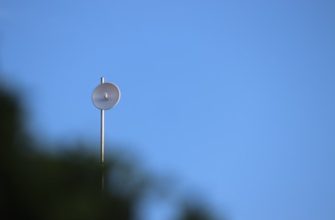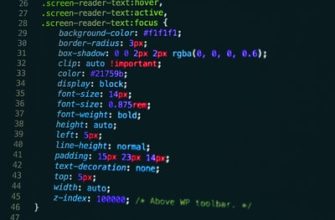There have been quite a few updates made by Google in recent months. Some of them are the Hummingbird update, the Page layout algorithm, and the Product reviews update.
Product reviews update
If you are an ecommerce site, you should be aware of the latest updates in Google’s algorithms. One of the most recent is the Product Reviews Update. The updated algorithm looks for quality content.
Initially, this update only affected English-language reviews. However, it will soon expand to other languages.
Google’s “Product Reviews” update is focused on helping users find product reviews that are useful and informative. It also targets reviews that demonstrate expertise.
In addition, Google’s crawl bots will penalize sites that create duplicate or spammy content. These updates have been able to decrease the visibility of many low-quality reviews.
During the rollout of the product reviews update, there were massive swings in rankings. This can be quite frustrating for sites. Luckily, Google has given helpful guidance on how to handle this.
Page layout algorithm update
Google’s Page Layout Algorithm Update aims to surface pages with substantial content above the fold. This is done by reducing the number of ads above the fold. Having too many ads above the fold can cause the user to experience a poorer user experience.
The new version of the algorithm was rolled out in January. It targets websites that have too much ad space above the fold, which means that users will have to scroll to find the rest of the site’s information. This has forced sites with excessive ads to redesign their sites, which may lead to lower traffic.

There is no exact number of ads that Google wants to put above the fold. However, the number of ads should not be able to block the content below.
Penguin update
The Google Penguin update was a major change to the way websites are ranked in Google search results. It aimed to combat the abuse of sites using black-hat SEO methods. It refocused on sites that were not delivering quality content and violated Google’s Webmaster Guidelines.
The first Penguin update was implemented in April 2012, and targeted sites with unnatural link networks and paid links. The second update, known as Penguin 2.0, was launched in May 2013. Unlike the previous update, the new one is a real-time update that affects ranking and linking practices on a much more granular level.
As with all algorithm updates, a website is likely to suffer a small increase or decrease in rankings in the weeks and months following the update. If you have a site that was penalized by the Penguin update, you’ll need to take steps to improve its ranking.
Hummingbird update
The Hummingbird update on Google updates is the largest change to its core algorithm in over a decade. The update is supposed to help improve Google’s ability to understand the intent behind a search.
This new search platform helps make the internet more relevant for mobile users. Specifically, it means that Google is now using semantics to understand the user’s intent and deliver results accordingly.
The update was released in September 2013 and made a significant impact on how Google deals with search queries. It also helped improve local searches. It was a big deal when it launched and caused a bit of a stir in the SEO community.
Although it was not the first time Google has used semantics, this was the first major algorithm change to use semantics in an incredibly big way.
Boston update
Google Updates are designed to improve the quality of search results. These updates aim to combat spam and provide more relevant search results.
The first update was the Pigeon update, which was originally launched in July 2014. The Pigeon update was meant to fight piracy and digital media theft. It also improved the ability of Google to understand context and language.
Another update, called the Fred update, targeted sites that contained low-value content and had an overabundance of affiliate links. This update also targeted websites that violated Google’s Webmaster Guidelines.
Google Penguin was another update that affected the quality of search results. The update reduced the number of authorship markup queries in SERPs. It also updated data and introduced real-time content.
In addition to these, Google made changes to the caffeine algorithm, which boosted the speed of search results. The ‘NOFOLLOW’ attribute was also rolled out, preventing sites from linking to spammy blog comments.








